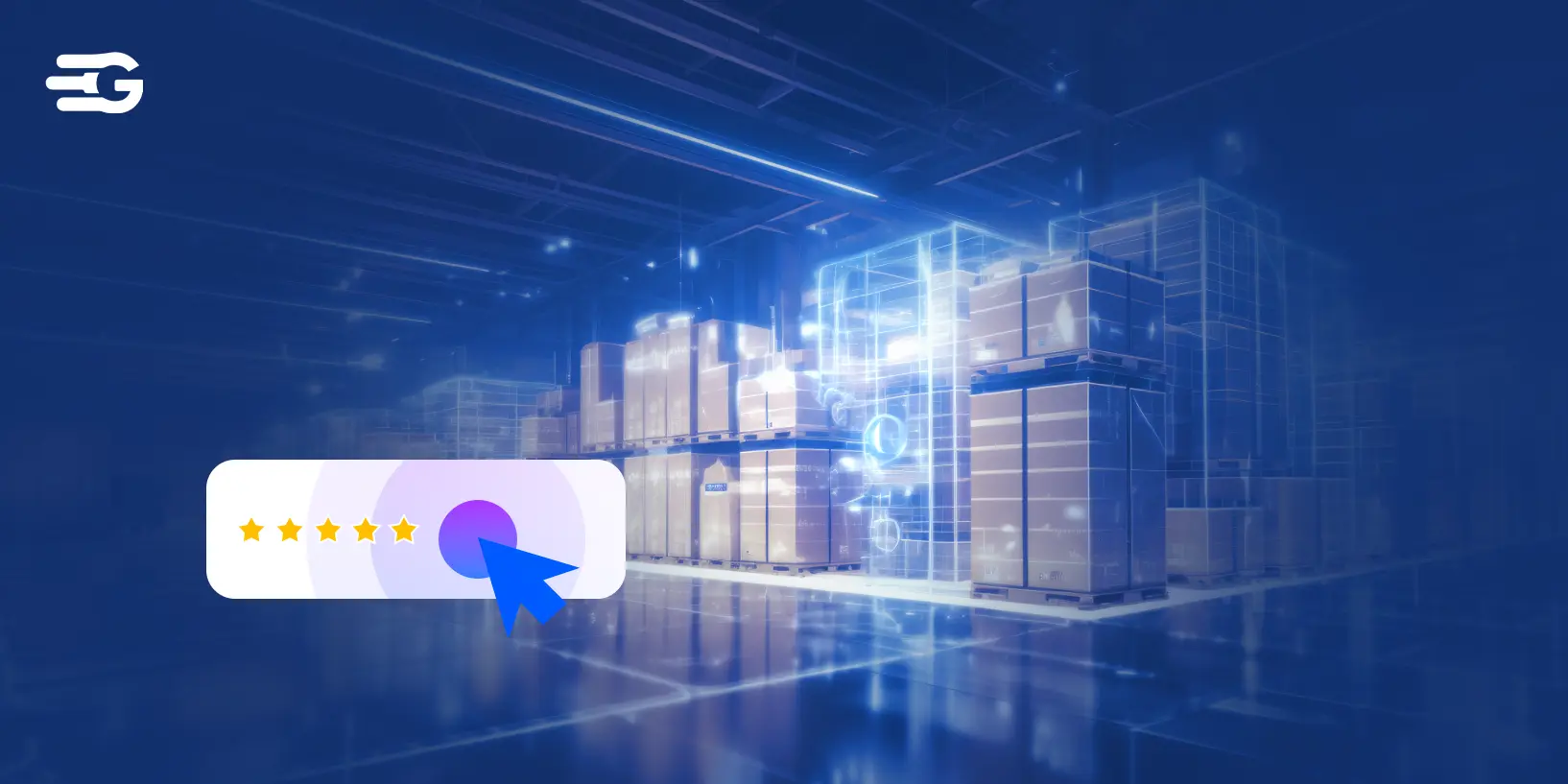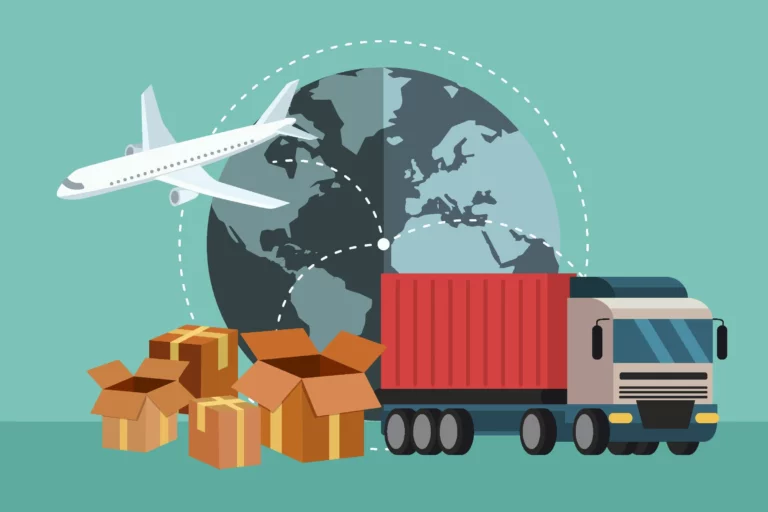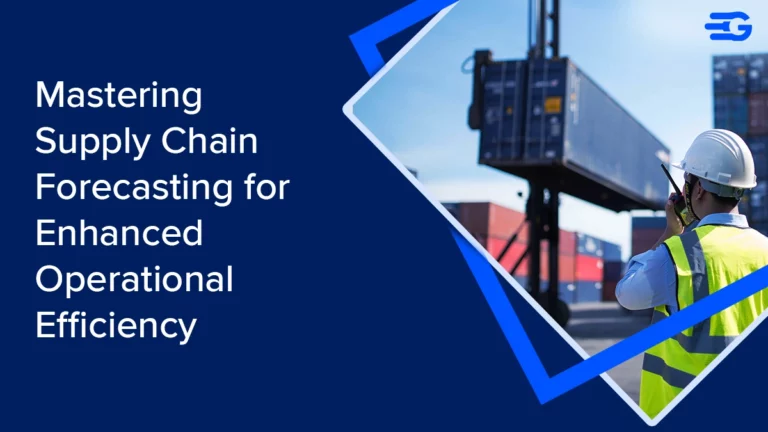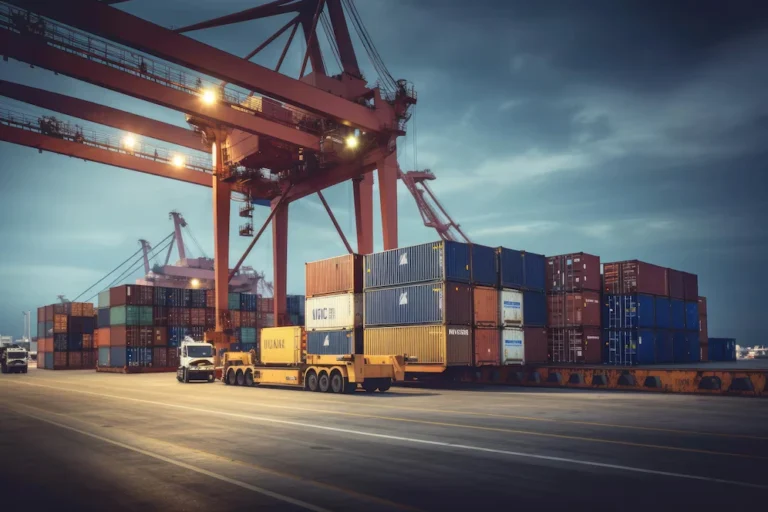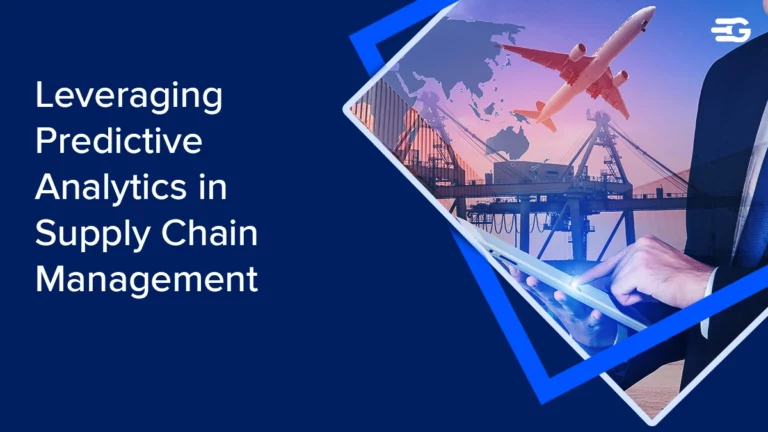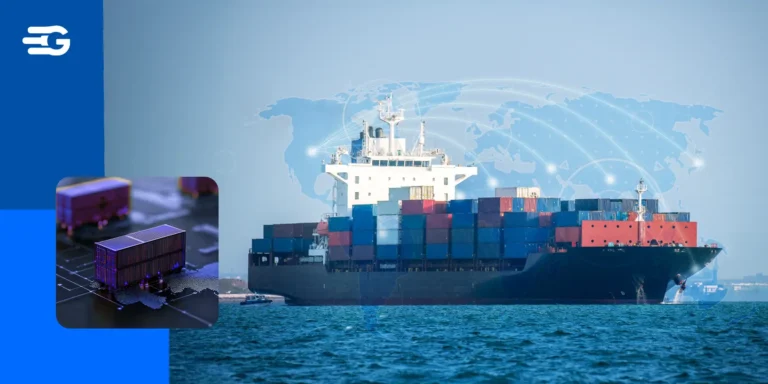Digital Freight Marketplaces: Why They’re Disrupting Import-Export Logistics
Import-export logistics isn’t broken. It’s just slow, unpredictable, and built on systems that haven’t evolved in decades. Freight quotes still bounce between inboxes. Shipment updates get lost in calls. Rates change mid-conversation. And when you’re moving containers across borders, that kind of chaos costs real money.
That’s why digital freight marketplaces are starting to shift the baseline. They bring the entire logistics flow (carrier discovery, rate comparison, booking, tracking, coordination) into one place. It’s real-time, data-backed, and there is no manual chasing. This blog breaks down these platforms, how they work, why they’re gaining ground, and what that means for companies involved in global trade. Let’s start with the nuts and bolts.
What Are Digital Freight Marketplaces?
A digital freight marketplace is a tech-first platform that connects shippers and carriers without the middle-layer chaos of traditional freight brokering. Think of it like an Airbnb, but instead of booking homes, you’re booking freight space.
What makes it different from old-school freight forwarding? Two things:
- Visibility: Shippers can instantly view available carriers, current rates, historical performance, and real-time shipment updates without needing to “check back later.”
- Control: Instead of relying on brokers, shippers can compare, book, and manage freight themselves faster and with fewer dependencies.
Everything from pricing to performance tracking happens online, in real-time, with no guesswork or slow email chains in between.
Here’s how the tech layer works behind the scenes:
- Shippers input their freight requirements (origin, destination, cargo type, preferred timelines).
- Carriers list their available capacity, lanes, and rates in real-time.
- The digital freight marketplace algorithm matches demand with supply instantly, based on cost, reliability, and performance history.
- Both parties get full visibility into the shipment lifecycle such as quotes, documents, ETAs, and exceptions, all in one place.
- Communication shifts from fragmented calls/emails to integrated chat or messaging within the platform.
- Payments, contracts, and customs documents are often handled digitally too, reducing paperwork and manual delays.
Why They’re Disrupting Logistics
Legacy logistics was never built for speed or clarity. It ran on delays, scattered communication, and way too many middlemen. In import and export, that’s a problem. Timelines stretch. Costs pile up.
A digital freight marketplace gives shippers and carriers a smarter way to work together. It disrupts the logistics with:
- Increased Transparency: Freight rates, carrier performance, and shipment tracking are all visible in real time. No one’s waiting for callbacks or updates from five different people.
- Cost Efficiency: Shippers can compare rates instantly. Bidding tools help avoid inflated quotes. Better pricing becomes the default, not a lucky break.
- Speed and Flexibility: Booking happens in minutes. Platforms adjust quickly when routes shift, capacity shrinks, or timelines change.
- Data-Driven Decisions: Past shipment data, route performance, and carrier reliability feed smarter choices. Over time, it trims waste without needing major overhauls.
- Enhanced Collaboration: Everyone touches the same system. From shippers to customs brokers, coordination tightens. Fewer delays from miscommunication.
A digital freight marketplace doesn’t patch old problems. It builds a new workflow where speed and control come built-in.
Benefits for Import-Export Logistics
Import and export logistics runs on tight deadlines, unpredictable routes, and constant coordination. One delay at the port or one misquoted rate can throw off an entire operation.
That’s where a digital freight marketplace starts to show its weight. It brings structure to something that’s usually messy. And for companies moving goods across borders, that structure means fewer surprises and more control.
- Streamlining Cross-Border Shipments
Cross-border trade usually means dealing with multiple carriers, regulations, and time zones. A digital freight marketplace brings all of that into one workflow.
From customs documents to carrier bookings, everything moves faster when it’s centralized. No need to chase updates or coordinate with three different agents. The system keeps it tight.
- Mitigating Delays and Inefficiencies
Delays don’t just waste time. They hit cash flow, inventory, and customer trust. These platforms cut a lot of the common bottlenecks. Real-time tracking helps spot issues before they snowball.
Automated updates mean fewer manual errors. And built-in communication tools reduce back-and-forth that usually causes slowdowns.
- Optimizing Freight Spend Without Sacrificing Reliability
Cheaper doesn’t have to mean riskier. With a digital freight marketplace, shippers can compare carriers based on cost and past performance. You’re not picking blindly. You’re choosing based on data.
Over time, it helps trim freight costs without switching to unreliable partners.
To summarize benefits, a digital freight marketplace gives import-export teams the tools to operate with clarity. When every shipment is visible, trackable, and optimizable, logistics shifts from being a bottleneck to a competitive edge.
How GoComet Leverages Digital Freight Technology
GoComet is a working example of what a digital freight marketplace looks like when done right. The platform focuses on automation, visibility, and cost control for global shippers who are done with outdated systems.
At the core, GoComet connects shippers with multiple carriers through a single interface. But it’s not just about connection. It’s about helping teams make better freight decisions, faster.
- Rate Benchmarking: GoComet shows you what others are paying for the same lanes. That context helps avoid overpriced quotes, and shippers stay in control of costs without needing a team of negotiators.
- Real-Time Tracking: Live shipment updates remove the constant need for follow-ups. Teams can see where cargo is, what’s delayed, and what’s on time. There is no black box, and there are no blind spots.
- Automated Workflows: Manual coordination takes time. GoComet automates routine tasks like quote requests, approvals, and follow-ups. This way, operations move without bottlenecks and teams stay lean and efficient.
Shippers using GoComet have cut freight costs, improved delivery reliability, and reduced time spent on logistics coordination. For companies handling cross-border shipments, that shift isn’t tiny. It changes how the entire supply chain runs.
That’s the edge a well-executed digital freight marketplace can bring. GoComet just happens to be one of the few that are actually delivering it.
Challenges and Future Trends
The digital freight marketplace model makes a lot of sense on paper. But like any shift, adoption isn’t instant. Especially in an industry that’s built on habit, relationships, and legacy systems. Shippers and freight forwarders aren’t just changing tools. They’re changing how decisions get made, who makes them, and what data they trust. That’s not friction-free.
Still, the momentum is strong. And the next phase is already forming.
- Initial Resistance to Change: A lot of logistics teams are used to manual coordination. Some see automation as a threat. Others don’t trust platforms over long-standing vendor relationships. Shifting that mindset takes more than just software. It takes proof of outcomes.
- Integration Headaches: Most companies already have ERPs, TMS, and old-school tools that don’t play nice with modern platforms. Connecting a new platform to those systems is possible, but it takes effort.
- Gaps in Carrier Participation: Some regions still lack strong digital adoption from local carriers. That limits marketplace options for shippers operating across smaller or fragmented trade lanes. Until coverage improves, hybrid models still stick around.
- Data Quality and Standardization: You can’t optimize what you can’t measure right. If carriers feed poor data or inconsistent updates, the marketplace loses its edge. Garbage in, garbage out. That’s still a real problem in some corridors.
- Regulatory Complexity: Customs, duties, compliance—they don’t move as fast as tech does. While the platform might support global trade, local regulations often slow it down. Especially when digitization levels vary across countries.
A global pharma company used GoComet’s GoInvoice module to cut invoice processing time by 65% and reallocate 75% of its freight audit team to higher-priority work.
While the freight industry still wrestles with legacy systems and inertia, the companies that are adapting are already seeing compounding gains: faster decisions, cleaner ops, and better freight economics.
If your logistics team is still stuck in email loops, scattered spreadsheets, or waiting on updates that should’ve been automatic, it might be time to move forward.
Book a demo with GoComet to see how we can improve your freight management operations.
